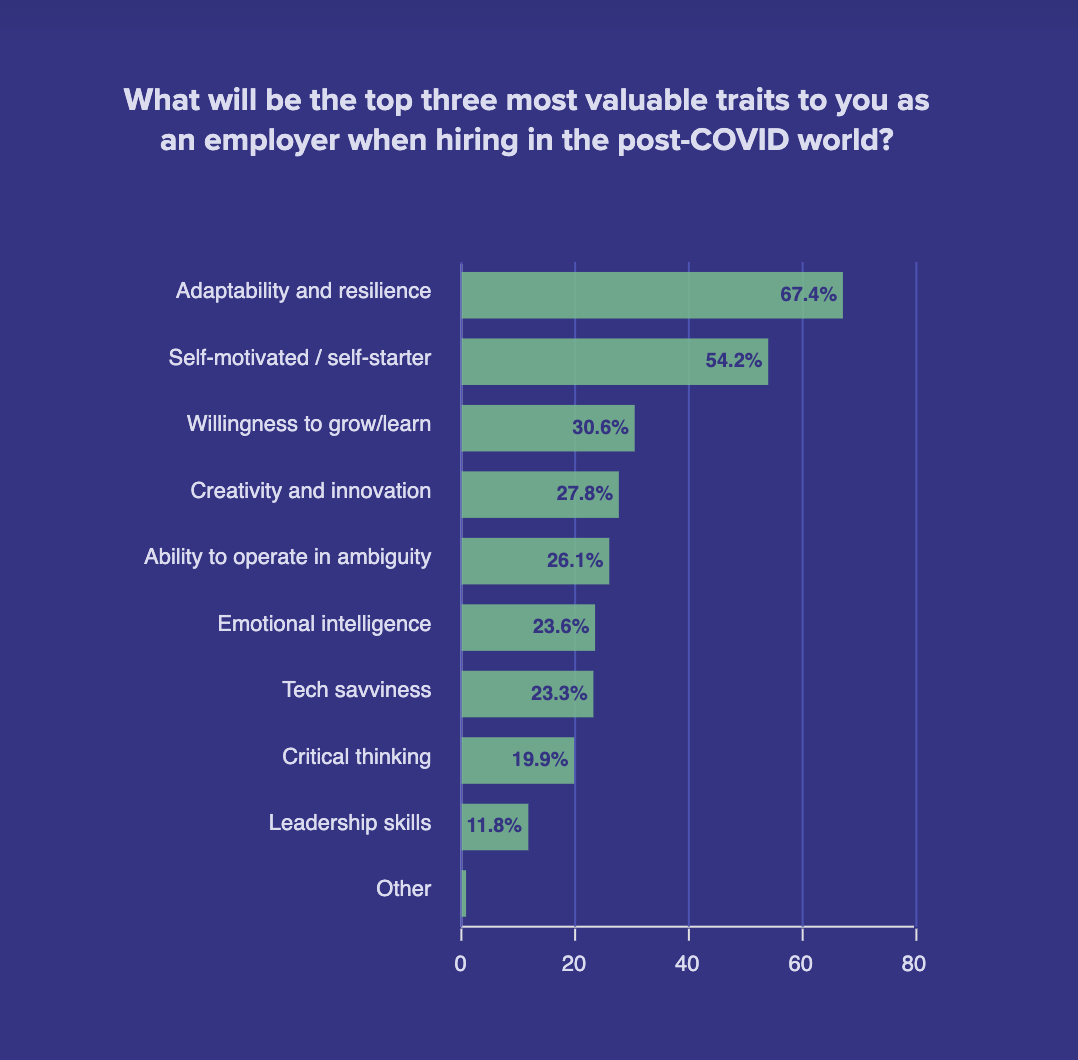Outsourcing your talent: when, how, and especially, why
For businesses of all sizes, the search for talent has become global and spurred business model innovations. The global talent search started with outsourcing – which is defined as obtaining goods or services from an outside supplier rather than an internal source.

Outsourcing is often frowned upon in the United States because of the stigmas surrounding manufacturing plants in China or call centers in India. Furthermore, many are concerned that outsourcing leads to loss of quality and operational control.
But there’s a middle ground. The largest companies in the world use both outsourcing and directly managed offshore teams to support multiple parts of their business to improve efficiency and reduce costs.
For example, major industry players like JP Morgan, Amazon, Microsoft, Google and more have a significant amount of their workforce overseas.
Why? The global talent pool is remarkable and is fortuitously available to the United States businesses who, with more than 10 million open jobs across the United States, are currently facing a detrimental workforce shortage.
However, for many small and mid-sized business owners, building an offshore team has its own challenges. It’s not as simple as setting up their own offshore subsidiary or submitting a bid to Accenture to help them build an offshore team. The scale is just too small. Enter the virtual captive model, which allows small and medium size enterprises to build, train, and manage remote staff.
What is the Virtual Captive Model?
In the virtual captive outsourcing model, companies are given the opportunity to build their own team of offshore professionals of any size through a business process outsourcing vendor. The vendor handles the recruiting, HR, facilities, IT, and equipment while the organization controls the processes, metrics, and output.
Contrary to conventional thoughts, it’s a win-win. Companies are afforded the same control and visibility they have with a local employee when accessing the global talent pool.
Now that we’ve dispelled the bad outsourcing rumors, let’s define talent; specifically, as it applies to remote staff, introduce different opportunities for outsourcing, discuss training and managing an outsourced team, review the pros and cons, and determine if outsourcing is right for your organization.
How do you define talent?
As an HR professional, you’re well-versed in numerous ways to define talent, but for the sake of this article, let’s define it from the perspective of a company who successfully recruits and hires remote staff.
For instance, let’s define talent based on aptitude, attitude, and experience regardless of where they live.

There’s no need to discriminate between local and global talent. If you interview someone in the U.S. who is detail oriented, kind, intelligent, a critical thinker, and has slightly less experience than another candidate who is lazy and arrogant, who are you going to hire?
Probably the former.
The same applies when evaluating remote staff. A common scenario involves looking for specific experience levels rather than examining high-quality attributes that make a great employee. To take full advantage of remote staff, you must determine how you define talent locally and apply that same judgment to the global talent pool.
Now that we have defined talent, let’s dive into how you are deploying talent across the organization. In the Philippines, where Connext operates, we consistently find that it is straightforward to build a team that performs process-driven tasks such as accounting, medical billing, title and escrow, mortgage processing, underwriting, estimation, and so on.
How do you get started with outsourcing?
Our own experience with outsourcing shows that companies need to think differently about training and ramp up for a remote staff.
The first step should be to have well-defined and thought-out processes and to start with something simple and at a manageable scale. Over time, the company can then add complexities as the offshore team becomes more proficient and consider bringing on more advanced or complicated roles.
At the end of the day, companies that outsource want to see productivity growth across their organization, both offshore and local. To accomplish this, it needs to be done right and with the right partner. If outsourcing is something on your radar, start thinking about which roles and tasks could be potential candidates for an offshore team.
How do you overcome outsourcing challenges?
Accessing the global talent pool not only saves on staffing cost, but it also allows you to fill roles quickly and efficiently because of the expanded market.
More important than hiring an offshore employee, it’s critical to be able to manage and train them. Managing and training employees is hard enough locally and is even more challenging when done remotely. A trusted outsourcing partner can help with this but there is work to be done on both sides to ensure success.
When training a new employee, we usually suggest screen share training, or a manual walk through. For this to be successful it requires well-defined codified processes that can be easily taught. That’s a client responsibility.
On our end, we make sure the employee takes notes and creates a manual of their own to ensure maximum knowledge, retention, and learning.
We suggest 100% quality control on trained tasks in the beginning, and then ramp down as the employee becomes more confident and proficient. The cool part is that as clients expand their teams, oftentimes the first employee brought on becomes the trainer, and the team builds its own infrastructure for onboarding new talent.
How do you manage outsourced talent?
Now that your team is trained, let’s talk about managing a remote team because that has its own challenges. You can’t simply walk into an employee’s office to check in on what they’re doing or see them at their desk working until 5 p.m. So how do you know they are performing, and how do you fix performance issues? You measure, analyze, and measure once again.
Several examples of this are employee feedback surveys, key performance indicators, and specific performance metrics to help measure employee performance and provide feedback through employee incentives or performance improvement plans.
Three metrics that are great to start with are productivity, utilization, and quality. Productivity measures the number of widgets completed over a certain duration, utilization measures time spent on each task, and quality measures precision and accuracy for each task.
These three metrics provide great insight into the performance and behavior of remote employees. They allow managers to adjust work schedules, identify potential instances of overwork, re-adjust or balance tasks within the team, and examine other potential issues that could negatively impact the employee or the task.
How do you decide when to outsource?
Outsourcing can be an excellent way to fill open positions quickly, reduce cost structure, and create opportunities for productivity growth, but it’s not a one-size-fits-all approach. Remote staff is significantly more cost-efficient than local talent (50-60% savings) but needs to fit into your business.
Excellent tasks or roles to start with include those in accounting, medical billing, customer service, payroll and HR support, underwriting, estimating, engineering, title and escrow or mortgage processing, architecture, and more. Virtually anything can be outsourced, from accounting and medical billing to systems engineering and virtual optometry. Yep, that’s right offshore virtual optometry.
So how do you decide if outsourcing is right for you? Outsourcing is used by some of the largest companies in the world to be more efficient and cost-effective, but it must be a good fit for your organization, and there must be a proper amount of buy-in for it to be successful.
(At Connext, we advise our clients to treat their offshore teams the same way they treat their local teams. People in different countries working hand in hand to achieve a common goal works very well.)
Additionally, if you are having issues hiring or retaining local staff to perform mundane, back-office processes, your business is a strong candidate for outsourcing, especially if you are looking for ways to reduce costs while building capacity for growth. If your employees are overworked and are having trouble keeping up with the day-to-day tasks, you may consider building an offshore team to support them.
Which type of outsourcing is right for you?
If you want control over your people and processes, visibility of metrics, and a customized solution that is tailored to your needs, select a vendor with a virtual captive model. If you’re not concerned as much about those things and would prefer your outsourced team be out of sight and out of mind, a traditional outsourcing approach may be right for you.
Taylor Goucher is CMO of Connext Global Solutions, which powers small and medium enterprises by helping build, train, and manage excellent remote teams.



